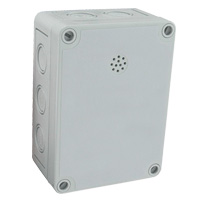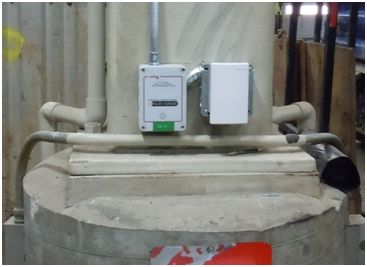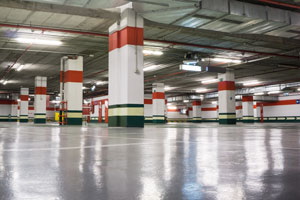
The Series GSTA carbon monoxide/nitrogen dioxide gas transmitters offer a robust, low cost alternative to standalone garage ventilation control packages.
As cities around the world continue to grow, the need for parking becomes an integral part of new commercial and municipal building plans. Many building designers are finding ways to offer adequate parking in a limited amount of real estate. Two emerging trends to do so are enclosed parking garages and mixed-use parking garages. Both of these designs seek to offer users a comfortable way to park their vehicles, all while being near their final destination. This means that the parking facility and the commercial or residential buildings are not separated, but are integrated together into one building structure. Due to this integration, two major concerns arise. How do we ventilate the harmful exhaust from the vehicles while being so close to the populated areas of the building, which require clean air and how do we accomplish this in the most energy efficient way possible? The Dwyer® Series GSTA carbon monoxide/nitrogen dioxide gas transmitters offer the sensory inputs necessary for any building automation system to answer this very quandary in an efficient and low cost manner. Continue reading “Parking Garage Ventilation Control”



 When it comes to capturing energy savings, owners, contractors, and engineers will utilize several design efforts to reduce a building’s total energy consumption and carbon footprint. The first area that design engineers typically tackle is the lighting design of the building (using things such as building orientation to maximize natural light or low energy consuming LED lights), but another large consumer of energy in a building is the ventilation system used for garage parking.
When it comes to capturing energy savings, owners, contractors, and engineers will utilize several design efforts to reduce a building’s total energy consumption and carbon footprint. The first area that design engineers typically tackle is the lighting design of the building (using things such as building orientation to maximize natural light or low energy consuming LED lights), but another large consumer of energy in a building is the ventilation system used for garage parking.